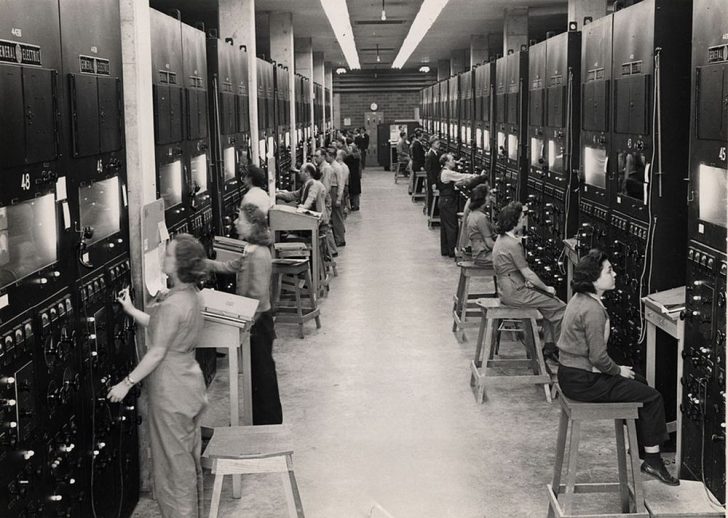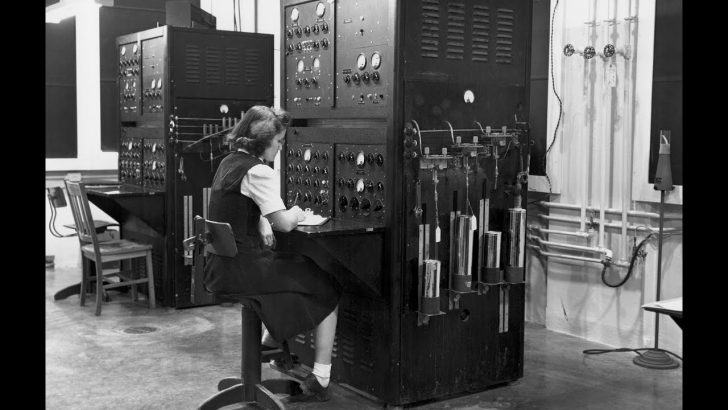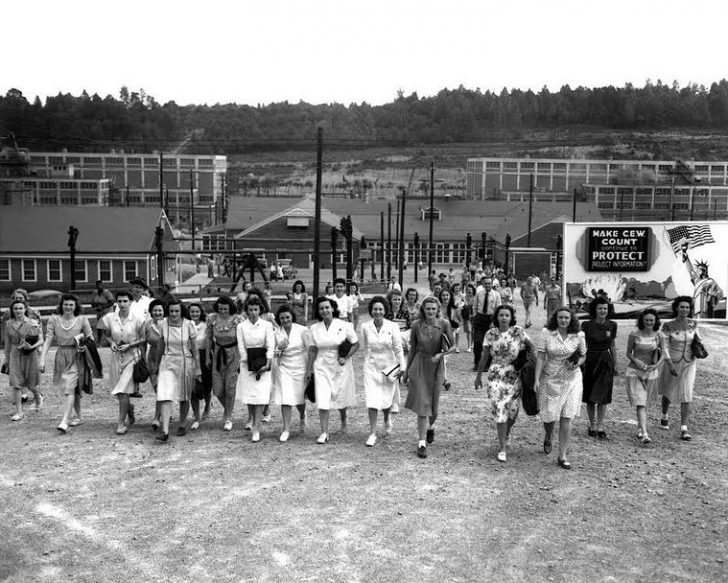During World War II, a top-secret project known as the Manhattan Project was launched to develop the atomic bomb. Amid this groundbreaking endeavor, an often-overlooked group played a pivotal role: the Calutron Girls. These young women, many of them just out of high school, were crucial to the success of the project. Yet their stories have remained largely untold.
The Calutron and Its Significance
A mass spectrometer used to enrich uranium, the calutron was a vital component in the atomic bomb's creation. Its operation was complex, involving precise adjustments to control magnetic fields and electrical currents. The task required a level of skill and attention to detail that the project leaders initially doubted women could achieve.

YT / Just out of school, the Calutron Girls were young women who played a key role in the Manhattan Project during World WAR II.
Oak Ridge, Tennessee, became the epicenter of this effort, and it was here that the Calutron Girls were recruited. They were often unaware of the project's true nature, believing they were simply contributing to the war effort. These young women came from various backgrounds, but what united them was a sense of patriotism and a desire to help end the war.
The Challenge and Triumph
Initially, the scientists were skeptical about the women's abilities to handle the complex machinery. However, the Calutron Girls quickly proved their mettle. They demonstrated exceptional skill in operating the calutrons, often outperforming their male counterparts.
Thus, their knack for precision and consistency was crucial in the successful enrichment of uranium.
Daily Life at Oak Ridge
Life at Oak Ridge was a mix of mundanity and mystery. The Calutron Girls lived in barracks-style housing and followed strict security protocols. They were forbidden from discussing their work, not even knowing the full significance of their roles.

Elle / Opposed to the belief of scientists, the Calutron Girls turned out to be great contributors to the Manhattan Project in the 1940s.
Despite these conditions, the women developed a strong sense of community and camaraderie. As the war progressed, the significance of the Calutron Girls' work became increasingly apparent. Their efforts in uranium enrichment were directly contributing to the development of the atomic bomb.
When the bombs were dropped on Hiroshima and Nagasaki, the reality of their work hit home. Thus, for many, it was a moment of conflicting emotions, pride in their contribution to ending the war mixed with the horror of the bombs' destructive power.
Recognition and Legacy
For decades, the contributions of the Calutron Girls went unrecognized. It was not until years later that their role in the Manhattan Project was fully acknowledged.

Revel / IG / The contributions of the Calutron Girls came to the limelight when the bombs were dropped on Hiroshima and Nagasaki.
Today, they are celebrated as unsung heroes of the Atomic Age. Similarly, their story is a testament to the critical role of women in science and technology during a pivotal moment in history.
Parting Thoughts
The story of the Calutron Girls is more than just a footnote in the history of the atomic bomb. It is a narrative of determination, skill, and patriotism. These women, working in obscurity and without knowledge of the full implications of their work, played a crucial role in one of the most significant scientific endeavors of the 20th century.
Thus, their legacy is a reminder of the untold stories in our history and the remarkable contributions women have made to science and technology.













